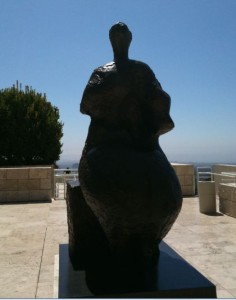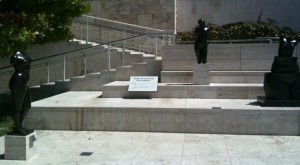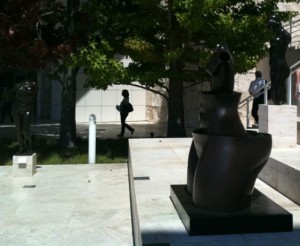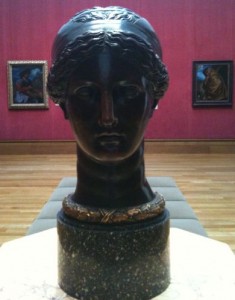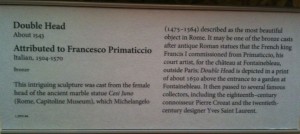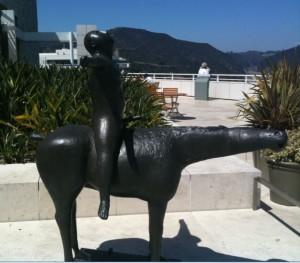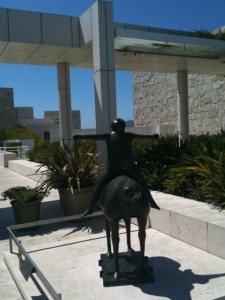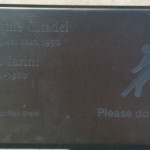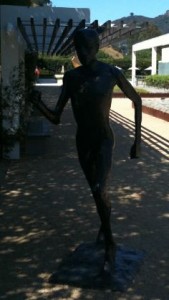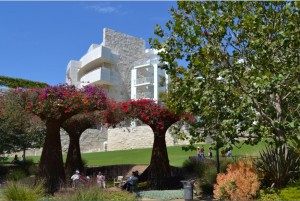The Getty Center
I was in Los Angeles so I could not miss the Getty Center, especially as the admission was free. I liked it very much – it is a must for anyone visiting L.A.
The Getty Center is operated by the J. Paul Getty Trust, which is the world’s wealthiest art institution. The trust was established in 1953 by oilman J. Paul Getty, who was one of the richest men in America.
It was the year the Cuban Revolution began, and one of its aims was to expropriate the wealth of people like J. Paul Getty. There is a certain sense of irony in that the exhibition currently (actually it closes today) at the Getty Center is “A Revolutionary Project: Cuba from Walker Evans to Now.”
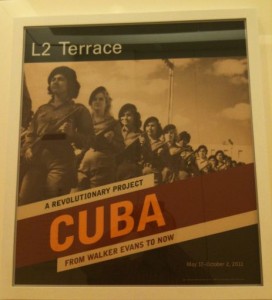
One of the sections of the exhibition, “1959: The Revolution,” contains Fidel Castro, Che Guevara and other propaganda photos. J. Paul Getty is probably turning in his grave.
If I had known that Getty had written books, I would have looked for his book, “How to Be Rich,” and taken a photo of it next to this one (the one with Che Guevara on the cover), just for the effect. 
But wait a moment, the book, “How to Be Rich,” is not in the museum store (did a search on its website)!!! J. Paul Getty is turning again in his grave. However, the store has his other two books, “As I See It” and “The Joys of Collecting”, it isn’t so bad.
On one side of the poster, the exhibition about revolutionary Cuba; on the other side, a religious exhibition. 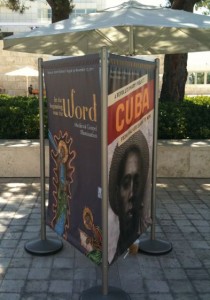
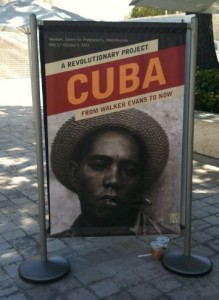
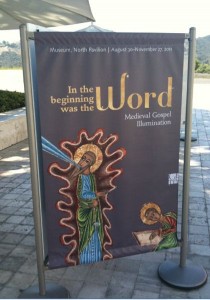
Did they do it on purpose? Just to demonstrate that the Center is neither left nor right nor center, and it wants to cater to all tastes? Or it was just by accident?
People like to throw money in the fountain and, talking with one of the guides, she said the coins create problems, like changing the acidity of the water. There is also lots of work involved to collect and separate the coins (from all over the world) and donate them, as the Center is not allowed to keep the money.

I asked why not put a sign (armed guards would be overkill), like below, saying not to throw money into the fountain, but she said people would still do it. I disagreed – most people would comply, especially if the reasons were given – and it seemed strange that the Center doesn’t do such a simple thing as a warning sign.

However, on the Getty Center blog, the post, “Change: Collecting Coins at the Getty Museum,” doesn’t say anything about the problems; in fact, it seems to endorse the wishing-well tradition. So now I understand why there is no sign: they’ve turned it into an attraction. I watched the video provided and found it interesting, what the commentator said: they used to collect a 5 gallon bucket worth of money bi-weekly but, since the economic downturn, it is now a 2 gallon bucket being donated.
Coins are thrown into a fountain for luck, but, due to the crisis, people have less money so they throw in fewer coins and this means less luck so, subsequently, less money, which, again, only deepens their own economic crisis and, again, they throw in even fewer coins, meaning even less luck. At times like this, people should throw in more coins in order to break the vicious circle.

